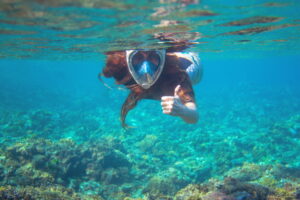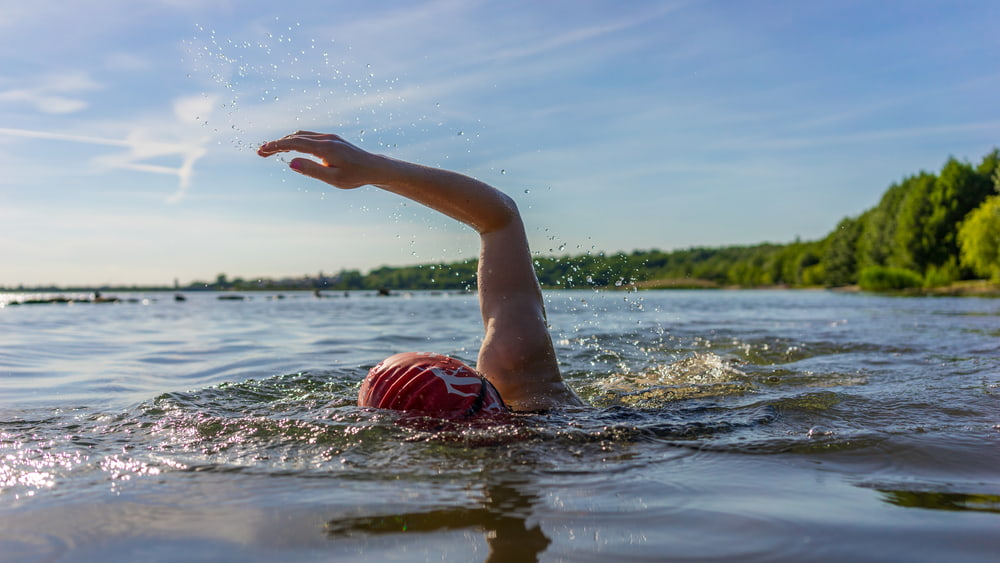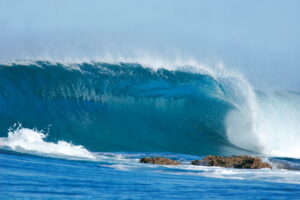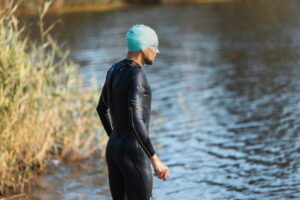6 Safety Tips for Swimming in the Ocean
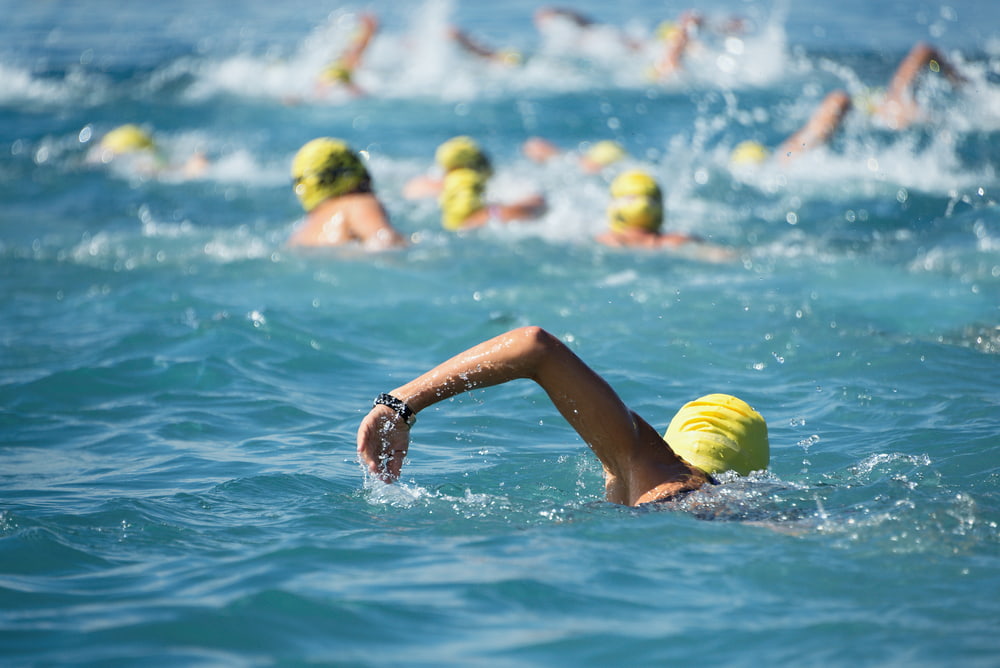
The Sea: while it’s magnificent and beautiful, with it’s never-ending diversity of life, it’s unpredictable and frightening at the same time. This is especially true for swimmers that lack the necessary training and experience. Everyone must follow certain guidelines in order to survive changing conditions.
Professional swimmers in San Diego have various opportunities for an open swim in the ocean, but they also need to be geared up. Are you wondering if you’re up to such a challenge? Read on for some professional advice.
Is open water swimming easier than pool swimming?
Simply put, no. When you’re swimming in a pool, you’re in a confined and supervised space. However, the main difference lies in the temperature. While pools are regulated in this respect, you can expect sudden temperature shifts in open seas, rivers and lakes.
You should also include other factors that make swimming difficult, like currents, wind, changing tides, visibility, and so on. When you race a mile in the ocean, it will feel like two miles in a pool. All these factors can double up your effort, so it’s necessary to be physically fit and .
How do I prepare for my first open water swim?
Although open-air swimming poses many challenges, when done property, it’s an authentic, fulfilling experience. The key liest in a thorough preparation. In other words, you need to do your homework and make sure you’re ready to take that leap. Here are a couple of tips you should stick to:
- Make sure you eat before hitting the water. However, be careful with the choice of food, as you don’t want to feel heavy.
- Work on your technique at the local swimming pool. Focus on building your strength and endurance, so you can easily complete a couple of miles. Try to conquer your target distance in the pool several times before
- Obtain the necessary equipment. You would need gear to keep you floating in the case that you’re too exhausted to tread water. Also, make sure you have an adequate swim cap and goggles.
- Map the area where you will be swimming. Check currents, confluences, underwater caves, nearby landfills, cliffs etc.
- Divide your swim into blocks to prevent feeling discouraged. Take your time to rest on your back and respect the changing conditions.
- Stay calm. Being on the edge of your nerves can cause muscle spasms, which can be very unpleasant, lead to additional effort, and put you in danger. Make sure that you practice correct breathing techniques.
Do I need a wetsuit for open water swimming?
Although it’s not an absolute necessity, a wetsuit can be a lifesaver. This is especially true for swimming in colder waters. It can spell the difference between achieving your goal and needing help from the rescue team. Although you’ll not feel the warmth initially, it helps to keep your body temperature stable while you swim.
To keep you additionally protected and comfortable, you can also include other items to your swimming kit:
- Cold water gloves and socks
- Neoprene hat
- Tow float
- Water-resistant GPS watch
The best place in San Diego, CA to prepare for an open swim challenge
When you live in San Diego, you have a wide range of beaches to choose from. You might be in a mood to dive into La Jolla Cove, or to enjoy a day at Marine Street Beach. However, when you need to prepare for a triathlon or to beat your personal record, you should visit The Plunge.
We are located in the Mission Bay area, and have been a household name for many decades. Our renovated historic facility houses a number of amenities that suit professionals and our guests alike. Beside our pool, you can also use our fitness center and schedule swimming lessons for your kids. Check our membership options and call us today to see what we can offer!

